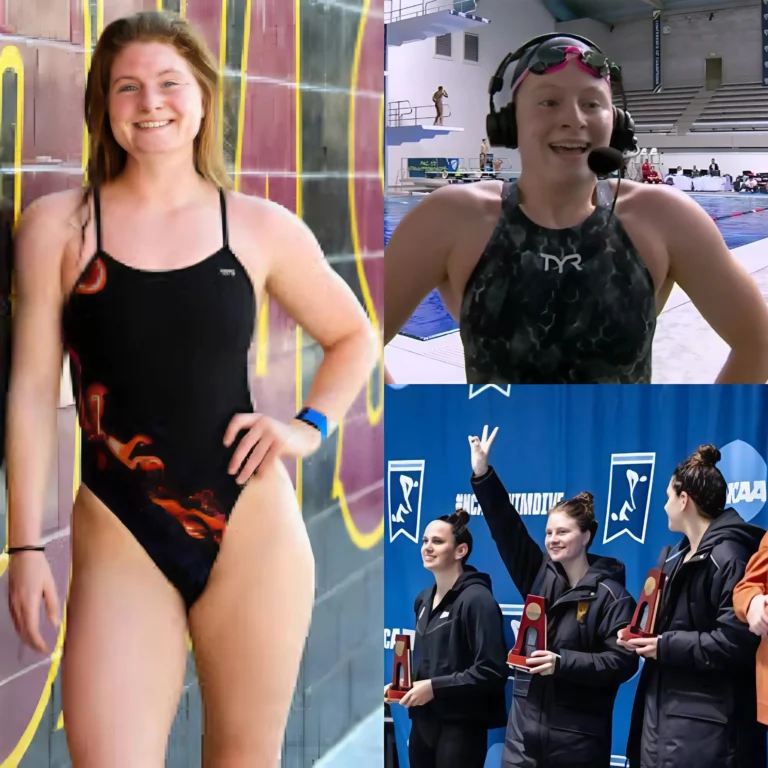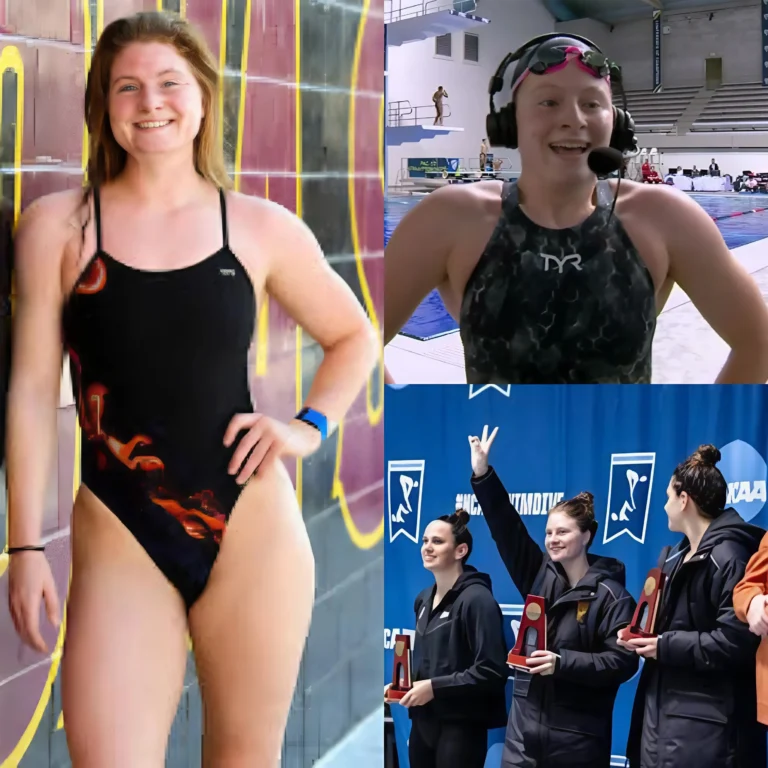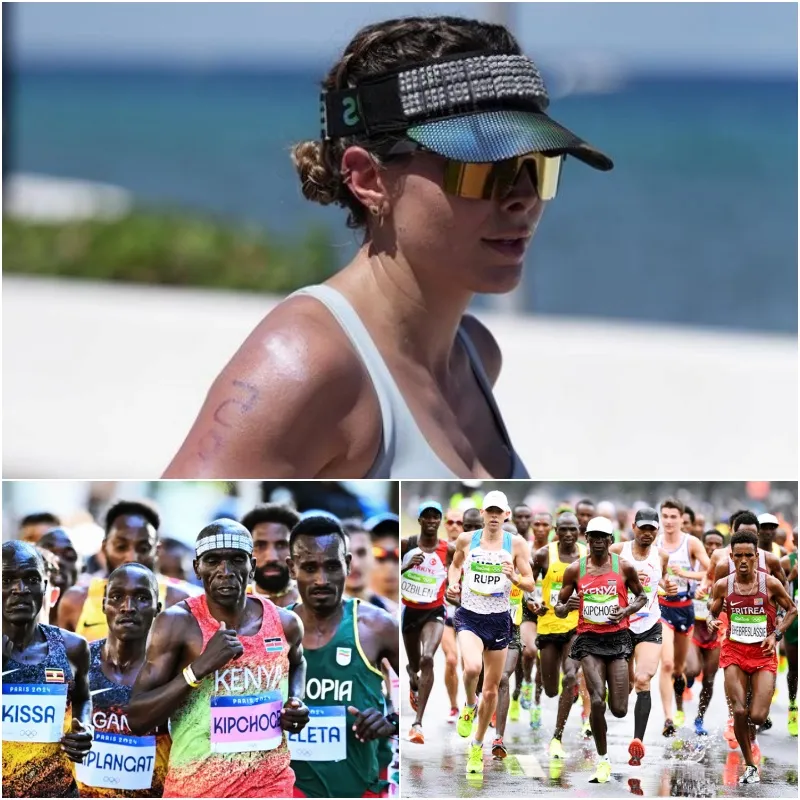
Special Cooling Gear for Marathon Runners at the 2024 Olympics
A notable detail during the marathon race at the Paris 2024 Olympics on the afternoon of August 10 was the headbands worn by many runners. For the athletes participating, conquering the course with a total elevation of 438 meters was already a challenging feat, but the mid-summer heat further increased the difficulty. The starting temperature was around 19°C and gradually rose to 23-25°C as the race progressed past halfway, with high humidity making it even easier for athletes to lose energy.
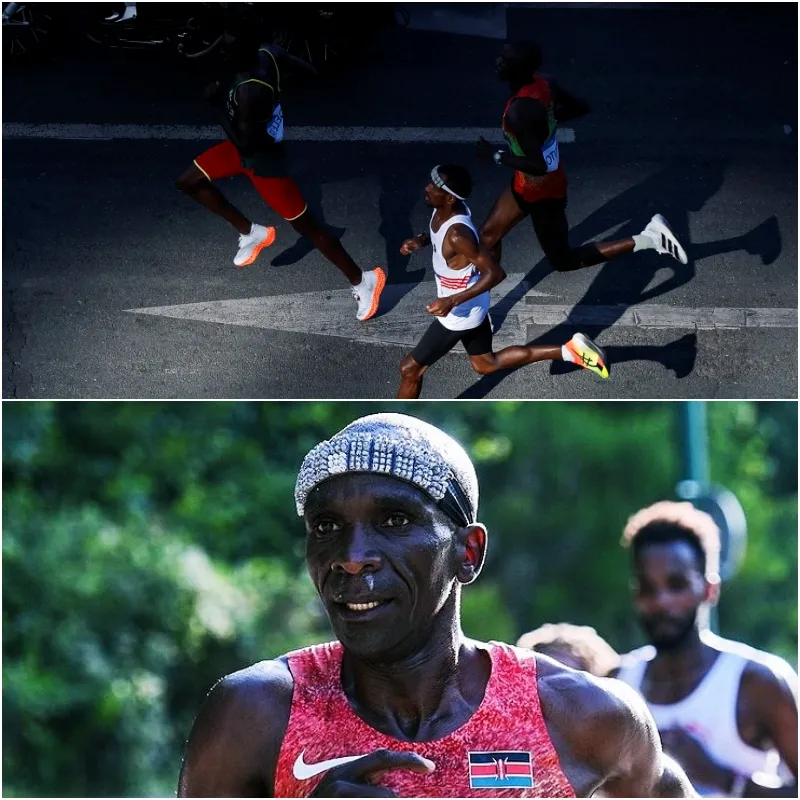
To adapt to these harsh conditions, most runners had trained in similar environments and employed traditional cooling methods, such as using cold sponges or pouring water on themselves during the race. However, the Paris course on August 10 also saw some athletes, including Kenyan legend Eliud Kipchoge and Belgian runner-up Bashir Abdi, opt for a more modern solution with high-tech cooling headbands.
These headbands consist of two main components: a silicone frame that holds cooling blocks at the front and an elastic band to secure the headband on the athlete’s forehead. Each silicone frame can hold up to 20 cooling blocks. Inside each block is a porous graphite material that conducts heat, with a patented hydrophilic coating that directly contacts the user’s skin.
This headband, featuring 20 cooling blocks, is currently available from Omius on their website for $204. Athletes can also opt for headbands attached to caps with or without a visor, priced an additional $10 to $15.
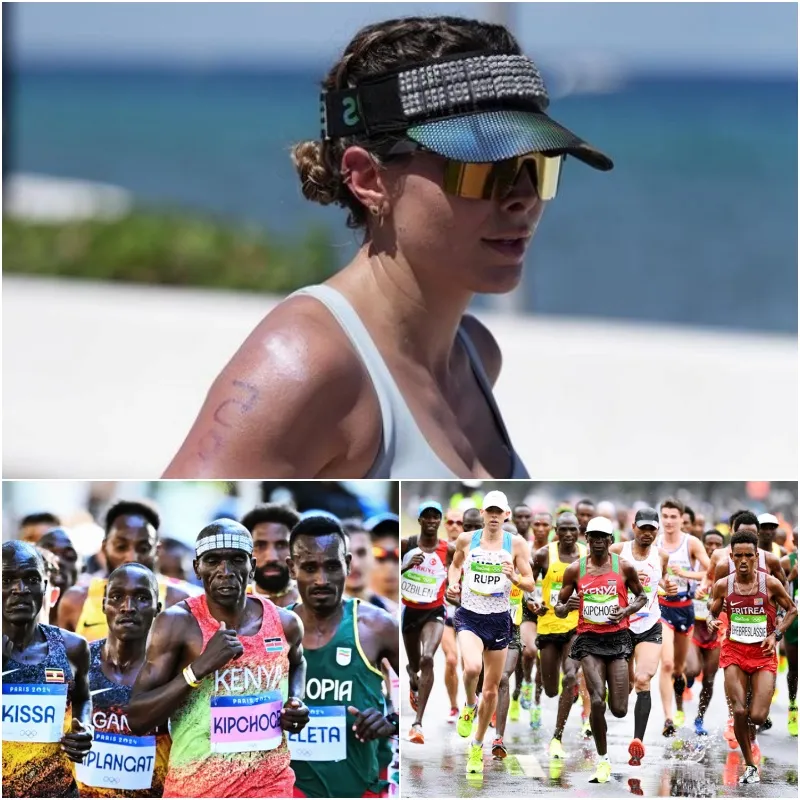
This cooling technology mimics a natural process: as water and sweat evaporate from the skin’s surface, heat is absorbed, cooling the body. These cooling blocks increase the evaporative surface area of the skin, thereby enhancing the natural cooling mechanism. As a result, athletes feel more comfortable when competing in hot conditions or at high intensity, which in turn improves their performance.
Before appearing in the Olympic marathon in Paris 2024, these cooling headbands had already been used by some athletes in other endurance events, such as triathlons or race walking.



